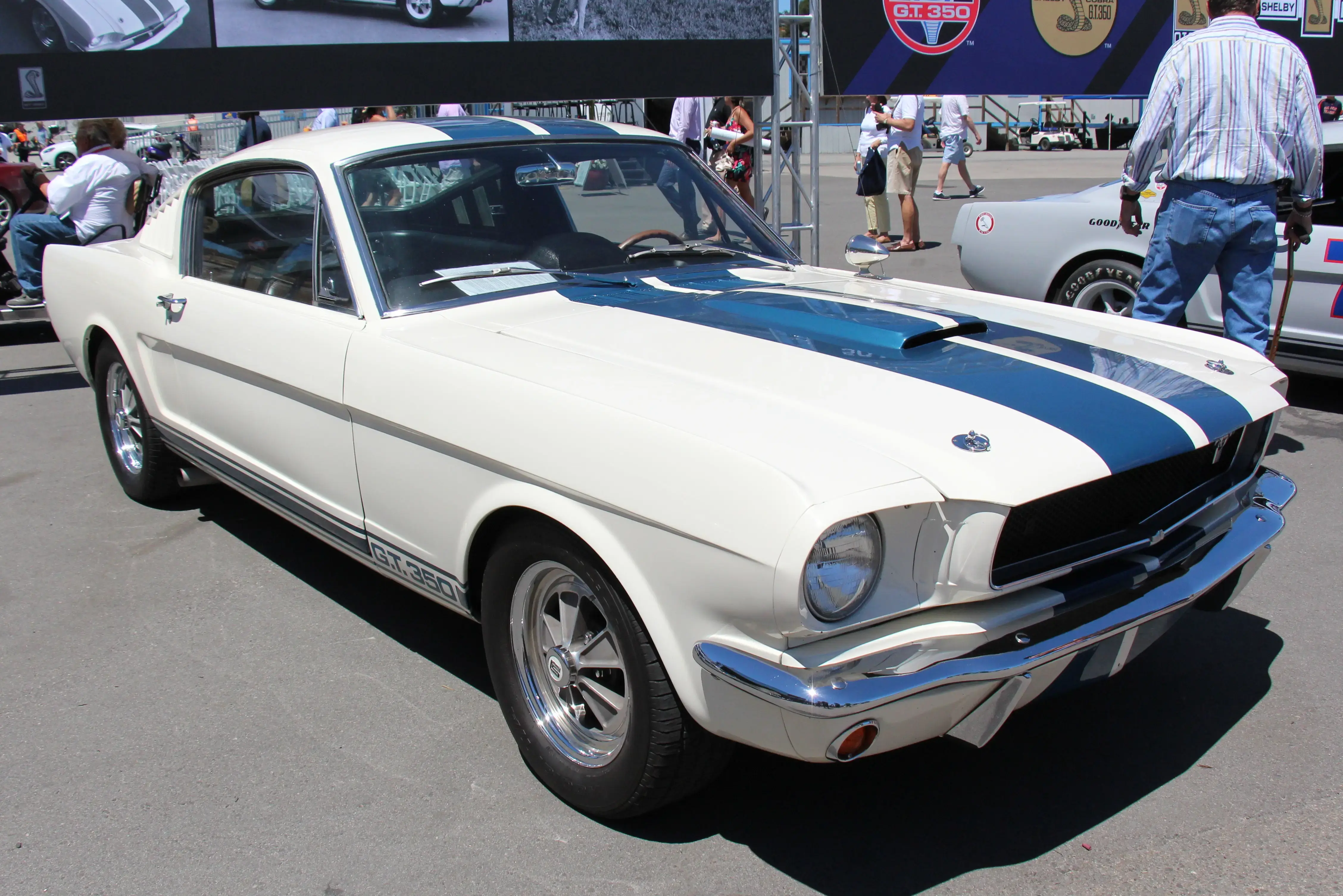Export U.S. Race Cars & Import Race Cars: Top Countries & Shipping Guide
The global motorsport scene craves American muscle and engineering, from IMSA-spec Corvettes tearing up European tracks to vintage Trans-Am Camaros lighting up hill-climb events in South America. Understanding which countries import race cars from the U.S., their regulatory quirks, and the smartest logistics routes can turn a complex export job into a smooth, profitable transaction.
Whether you’re selling a turn-key GT3 Mustang, sending a Next Gen NASCAR for a Goodwood appearance, or leasing sprint cars to Australian promoters, the insights below will keep your shipment compliant, on-schedule, and fully protected.
1. Why Are U.S. Race Cars in High Demand Overseas?
American race machinery offers distinct advantages for global buyers:
-
Robust chassis & big-displacement engines deliver raw power coveted by track-day drivers abroad.
-
Parts availability outshines many European exotics, lowering running costs.
-
Favorable dollar pricing— keeps total landed cost attractive.
-
Cultural cachet: V8 thunder and NASCAR livery stand out at European historic festivals and Middle-Eastern motorsport parks.
Add the global rise of private track-day clubs, and the export pipeline is busier than ever.
2. Which European Countries Top the Import Charts for American Racers?
Germany
Germany’s booming track-day scene at Nürburgring and Hockenheim drives demand for IMSA GT-spec Corvettes and Camaro GT4.Rs. Customs prefers ATA Carnet entries for temporary race events.
United Kingdom
Events like Goodwood Festival of Speed and Silverstone Classic welcome big-bore Trans-Am and Can-Am beasts. UK buyers appreciate the strong dollar exchange, offsetting 10% import duty. WCS routes most UK-bound race cars via our New Jersey warehouse, loading into shared 40-ft containers to Southampton.
France
The Le Mans Classic and Dijon Motors Cup have fueled a spike in U.S. GT and vintage prototypes. France’s carnet acceptance plus dedicated motorsport lanes at Le Havre cut clearance times to <48 hours.
3. Why Australia and New Zealand Love U.S. Oval & Sprint Cars
Down Under’s dirt-track heritage makes American sprint cars and late-model stockers fan favorites. Key points:
-
Left-hand-drive exemption for competition keeps compliance simple.
-
Quarantine rules require steam-clean certificates—WCS arranges pre-export cleaning at our Oakland yard.
-
Peak season (Nov–Feb) overlaps U.S. off-season, perfect for equipment rotation.
4. Growing Appetite in the Middle East for Track-Day Muscle
Dubai Autodrome and Qatar’s Lusail Circuit host year-round track days. Buyers favor turnkey supercharged Camaros and C8 race conversions. UAE allows duty-free import if the car leaves within six months on an ATA Carnet.
5. Latin America’s Vintage Racing Boom: Opportunities & Challenges
Argentina’s 1000 Millas and Mexico’s Carrera Panamericana crave authentic 1960s American racers:
-
Temporary import bonds can be steep; carnet saves cash.
-
Road-race events require valid FIA HTP papers—plan tech inspections early.
-
Some regions mandate fuel sample tests.
6. Key Documents: From ITN Filing to ATA Carnet for Temporary Imports
| Document | Purpose |
|---|---|
| ITN (AES filing) | U.S. export clearance—file 72 h pre-sailing |
| ATA Carnet | Duty-free temporary admission in 80+ countries |
| Bill of Sale / Title | Proof of ownership for permanent exports |
| FIA Logbook | Required by many foreign scrutineers |
7. Choosing the Right Transport Mode for Race Cars
| Mode | When to Use | Pros | Cons |
|---|---|---|---|
| Shared Container | Most exports | Cost-effective; secure | 18–30 day transit |
| Dedicated Container | High-value prototypes | Private space; extra spares | Higher cost |
| Air Freight | Tight race schedules | 2–3 day delivery | 3× ocean price, vibration protection required |
WCS equips containers with soft tire cradles and wheel nets.
8. Protection & Security: Protecting Six-Figure Race Assets in Transit
-
Cargo Protection up to $5 million per unit via our damage protection program.
-
Tamper-evident seals and 24/7 CCTV at bonded warehouses.
-
GPS pings every four hours during road legs; AIS vessel tracking for ocean segments.
9. How West Coast Shipping Streamlines Export Logistics for Race Teams
-
Multi-port network: Oakland, Miami, and New Jersey offer flexible sailing schedules.
-
Motorsport crating: Low-angle lift gates, foam wheel boxes, nitrogen bottle hazmat filings.
-
In-house customs: Carnet preparation, EU NOVA declarations, and Australian import permits.
-
Real-time dashboards: Track status, documents, and ETA updates in one portal.
Our race-experienced staff know pit-lane deadlines—if a storm diverts your vessel, we reroute through alternative ports to keep your grid slot safe.
10. Action Steps & CTA
-
Identify target countries—Germany, UK, Australia, UAE—for best resale values.
-
Gather documents early: title, carnet, FIA logbook.
-
Choose shared container for cost savings or air freight for urgent events.
-
Insure at full replacement value; don’t rely on basic carrier coverage.
-
Partner with West Coast Shipping to handle every mile—door to podium.
Get Your Race Car Export Quote
Ready to ship a U.S. race car overseas? Use our calculator below for an all-inclusive rate and let West Coast Shipping manage documentation, loading, and secure delivery.
You May Also Like
These Related Stories

Ship Vintage vs. Modern Race Cars: Export Guide & Costs

-093789-edited.png?width=220&height=79&name=wcs_final_logo_(1)-093789-edited.png)
